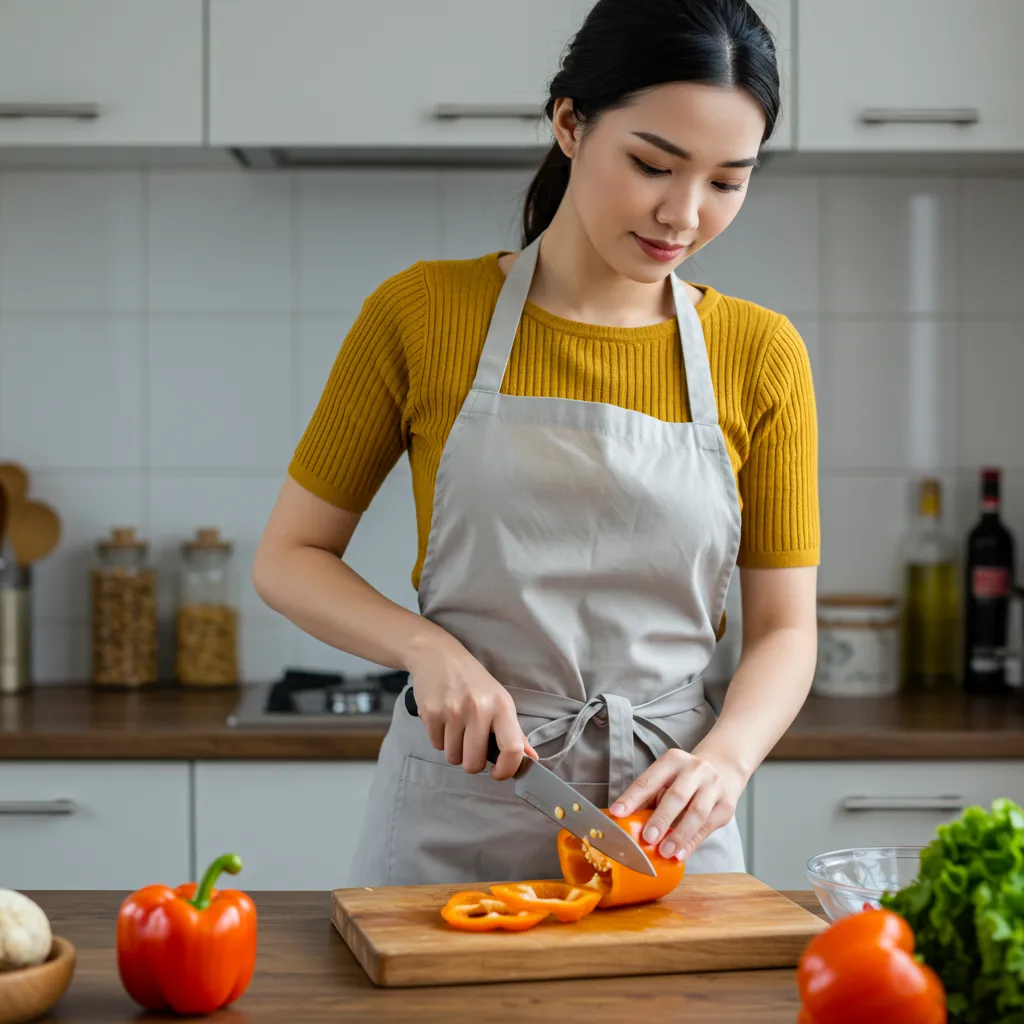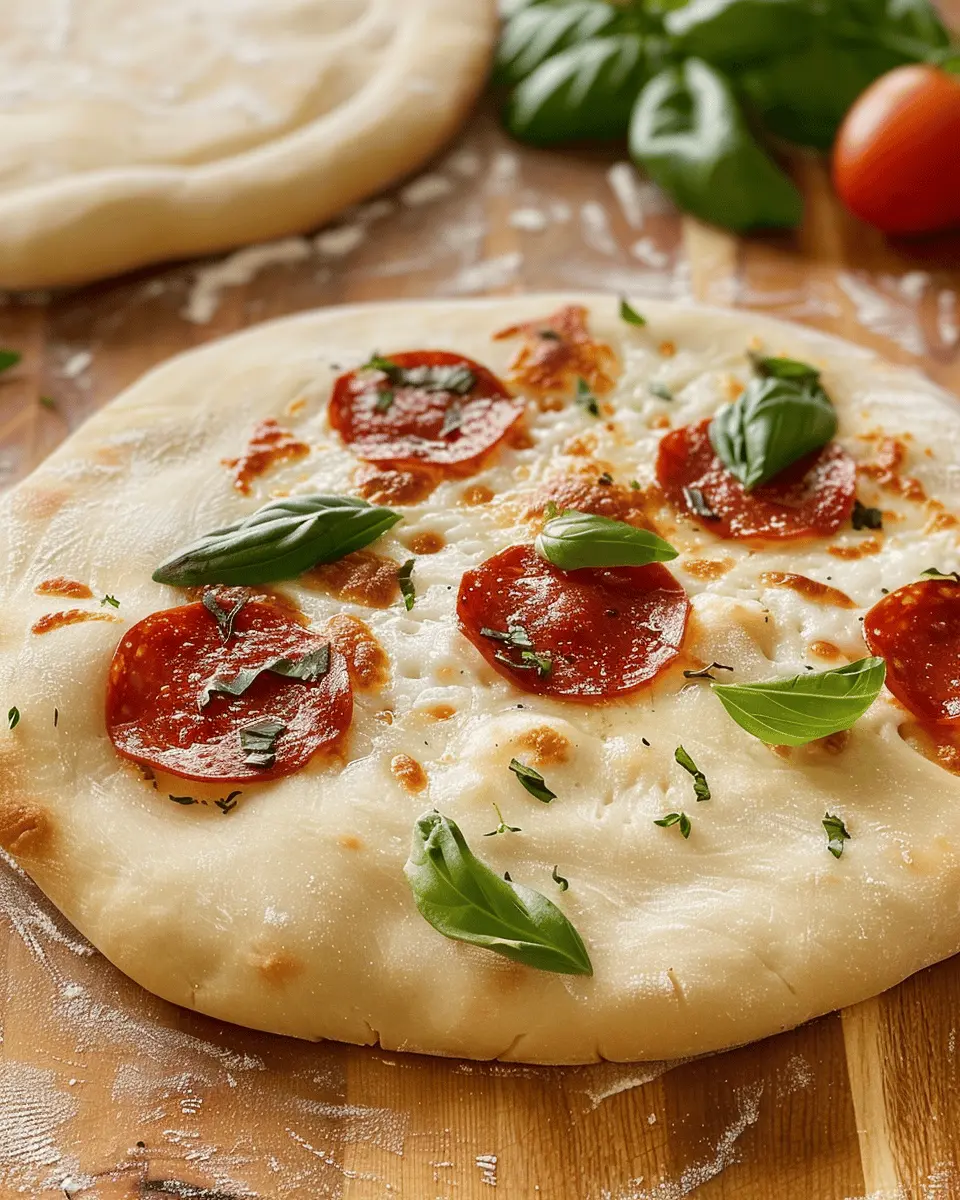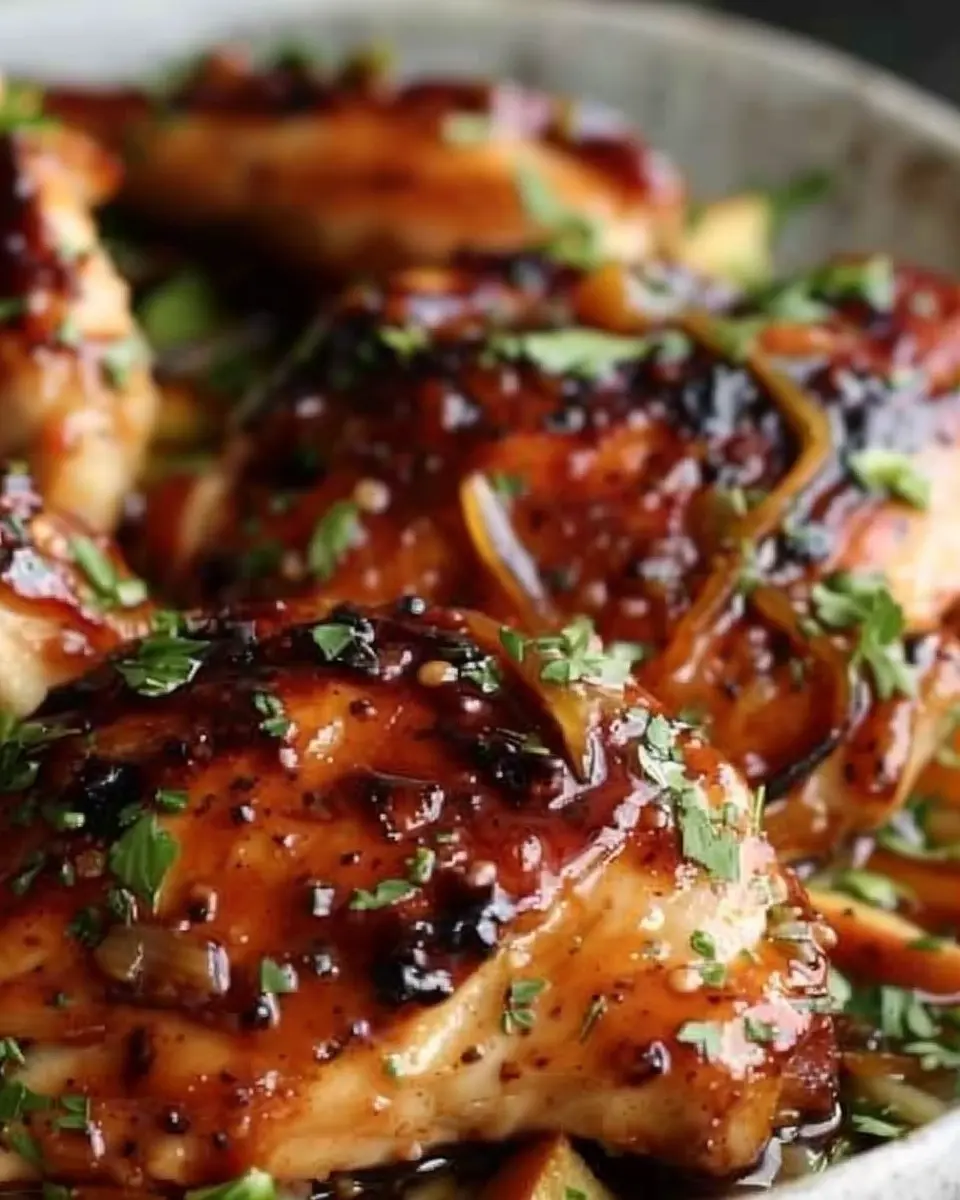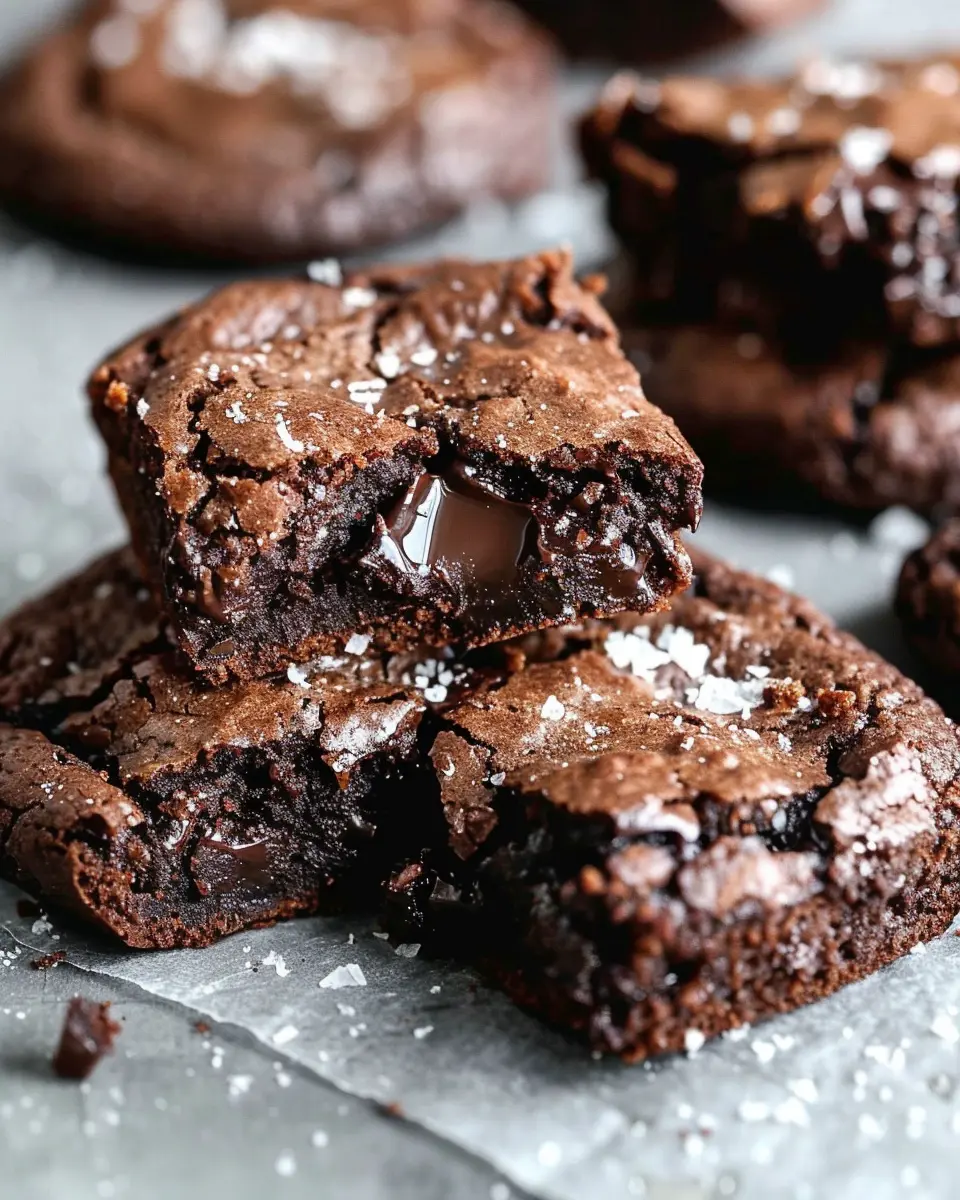Introduction to Joanna Gaines Pizza Dough
Making your own pizza dough is a transformative experience, especially for young professionals balancing busy work schedules and social lives. With Joanna Gaines Pizza Dough, you’re not just crafting a meal; you’re creating something that allows you to unwind, explore creativity, and even impress your friends during a cozy gathering.
Why Homemade Pizza is a Game-Changer for Young Professionals
Imagine coming home after a long day; the last thing you want to do is figure out dinner. This is where homemade pizza steps in like a superhero! With a simple yet delicious dough recipe like Joanna Gaines offers, you can whip up a fresh pizza in no time. Homemade pizza night can easily become a weekly ritual that provides both nourishment and a creative outlet.
Not only is it a fun way to spend your evening, but it can also be a healthier option compared to takeout. You have the freedom to choose wholesome toppings—think fresh vegetables, flavorful sauces, and proteins like Turkey Bacon or Chicken Ham. You control what goes into your meal. According to a study published by the American Journal of Preventive Medicine, cooking at home allows for healthier eating habits, which is a crucial aspect for young professionals managing their health amidst a busy lifestyle.
Plus, there’s something incredibly rewarding about kneading your dough and watching it rise—all while the enticing aroma fills your kitchen. Invite a friend over and make it a bonding experience! You can experiment with different toppings, enjoy each other’s company, and savor every bite of a pizza that reflects your taste.
Feeling inspired yet? Joanna Gaines Pizza Dough is both straightforward and versatile, making it the perfect starting point. You can adapt it to suit your cravings, whether you’re in the mood for classic cheese or an adventurous blend of toppings.
Ready to roll up your sleeves? Let’s dive into the delightful world of homemade pizza dough and create something that’s not only tasty but also makes your kitchen the heart of your home.

Ingredients for Joanna Gaines Pizza Dough
Creating a delicious Joanna Gaines Pizza Dough starts with a few essential ingredients that set the foundation for the perfect crust.
Essential ingredients for a perfect dough
To whip up this mouthwatering dough, you’ll need:
- All-Purpose Flour: The backbone of your crust, lending it that ideal texture.
- Warm Water: Activates your yeast and helps achieve that delightful rise.
- Instant Yeast: A key player, ensuring your dough rises beautifully.
- Olive Oil: Adds richness and a hint of flavor.
- Salt: Enhances all the flavors, natural and nuanced.
These five ingredients come together for an authentic homemade pizza experience.
Optional ingredients for flavor enhancement
Feeling adventurous? Enhance your Joanna Gaines Pizza Dough with these optional ingredients:
- Honey or Sugar: A touch of sweetness for balancing flavors.
- Herbs (like oregano or basil): Infuse your dough with aromatic goodness.
- Whole Wheat Flour: For added nutrients and a deeper flavor.
By experimenting with these optional ingredients, you can customize your dough just the way you like it. Want to dive deeper into the fundamentals of pizza making? Check out Serious Eats for insights on perfecting your dough techniques. After all, the journey to pizza perfection is the best part!
Preparing Joanna Gaines Pizza Dough
If you’re ready to step into the kitchen and whip up some delicious homemade pizza, let’s dive into the preparation of Joanna Gaines Pizza Dough. With her masterful approach, you’ll love how easy and satisfying it is to create your own dough from scratch. Follow these simple steps, and soon you’ll be enjoying mouth-watering pizza right from your oven!
Combine the dry ingredients
Start by gathering your ingredients. You’ll need:
- 3 ½ cups all-purpose flour
- 1 ½ teaspoons salt
- 1 teaspoon sugar
- 2 teaspoons active dry yeast
In a large mixing bowl, combine the flour, salt, sugar, and yeast. Mix these ingredients thoroughly to ensure that the yeast distributes evenly throughout the flour. This is crucial for proper rising. For more in-depth information about how yeast works, check out this guide from King Arthur Baking.
Add the wet ingredients
Next up, warm about 1 ½ cups of water until it’s just warm to the touch—not too hot, as you don’t want to kill the yeast! Pour this warm water into the flour mixture and gently stir with your hand or a wooden spoon until a shaggy dough forms.
Here’s a fun tip: try using a stand mixer with a dough hook for an effortless mixing process, but don’t worry, hand mixing is just as delightful and gives a personal touch to the dough.
Incorporate the remaining flour
As you mix, you might find the dough is too sticky. This is where you’ll begin to add additional flour, a little at a time, until the dough becomes smooth and elastic. Aim for a soft dough that doesn’t stick to your fingers, but don’t worry if it’s not perfect right away!
Prepare the dough for rising
Once your dough is ready, shape it into a ball and place it in a large, greased bowl. Cover the bowl with a kitchen towel or plastic wrap, and let it rise in a warm place for about 1 to 1.5 hours, or until it has doubled in size. Pro tip: the oven with the light on creates a cozy environment for your dough to flourish!
Preheat the oven
While your dough is rising, take a moment to preheat your oven to 475°F. A hot oven gives you that beautifully crispy crust we all love. If you’re using a pizza stone, make sure to place it in the oven while preheating for at least 30 minutes.
Shape the dough
After your dough has risen, punch it down gently to release the air. Turn it out onto a floured surface and divide it into two equal portions (this recipe makes two medium pizzas). Roll or stretch out each portion into your desired shape—round or rectangular!
Transfer and brush the dough
Transfer your shaped dough to a baking sheet or pizza stone. Brush the top with a little olive oil to create a lovely golden crust. This also adds that extra layer of flavor, enhancing your overall pizza experience.
Prevent bubbling in your pizza crust
To prevent unwanted bubbling, it’s helpful to poke small holes in the crust with a fork. This technique allows steam to escape during the baking process, ensuring a flat, even surface for your toppings.
Add your toppings and bake
Now comes the fun part: adding toppings! Whether you prefer classic tomato sauce, mozzarella cheese, or something unique like turkey bacon or chicken ham, go wild with your creative choices. Once topped to perfection, place your pizza in the preheated oven and bake for about 12-15 minutes, or until the crust is golden-brown and your cheese is bubbly.
Enjoy your homemade pizza!
With these steps, you’ve just created a wonderful base—your very own Joanna Gaines Pizza Dough. Enjoy sharing it with friends, or savor a quiet night in with a slice (or two!). Pizza making can be such a rewarding experience, so don’t hesitate to experiment with different toppings or even invite friends over for a pizza night. Happy baking!

Variations on Joanna Gaines Pizza Dough
Creative Topping Ideas for Your Pizza Night
Once you’ve mastered Joanna Gaines Pizza Dough, the real fun begins with toppings! Think beyond the traditional tomato and cheese. Here are some creative ideas to get you started:
- Mediterranean Delight: Start with a pesto base, then add artichokes, olives, sun-dried tomatoes, and feta cheese.
- BBQ Chicken Twist: Spread BBQ sauce instead of tomato sauce, top with shredded chicken ham, red onions, and cilantro for a smoky, sweet flavor.
- Veggie Supreme: Load up on bell peppers, mushrooms, zucchini, and fresh spinach for a healthy yet hearty option.
- Breakfast Pizza: Top your dough with scrambled eggs, turkey bacon, and a sprinkle of cheddar for a delightful brunch dish.
Don’t hesitate to mix and match! The beauty of your own pizza night is the flexibility you have to create something entirely unique.
Alternative Dough Styles
Craving something a bit different? You can easily customize your Joanna Gaines Pizza Dough to suit dietary preferences. Consider these alternative styles:
- Whole Wheat Dough: Swap out all-purpose flour for whole wheat flour. It adds a lovely nutty flavor and increases the fiber content.
- Gluten-Free Option: If you’re going gluten-free, a blend of gluten-free flour, xanthan gum, and a pinch of salt will do the trick. Check out resources from Gluten-Free Living for more insights on gluten-free baking.
- Cauliflower Crust: For a low-carb alternative, make a cauliflower crust. It’s simple: pulse steamed cauliflower, mix with cheese and eggs, and bake until golden.
Each variation can transform your pizza experience while maintaining that delicious base you love. Invite friends over, experiment with different styles, and make it a fun, cozy evening!
Cooking tips and notes for Joanna Gaines Pizza Dough
Key tips for a successful pizza dough
When making Joanna Gaines Pizza Dough, start with room temperature ingredients. This helps the yeast activate properly, ensuring a good rise. Make sure to measure your flour correctly—using the spoon and level method can prevent a dry dough. Knead the dough well; it should be smooth and elastic before letting it rise. Don’t rush the fermentation process; letting it rest longer often enhances the flavor. For a crispy crust, preheat your oven as hot as it can go, ideally around 475°F, and use a pizza stone for that perfect base.
Common mistakes to avoid
One common pitfall is using cold water, which can slow down yeast activity. A common mistake is also not allowing the dough enough resting time, which can lead to a tougher crust. Additionally, avoid the temptation to overload your toppings. Instead, keep it simple to ensure your crust remains the star of the show.
For even more in-depth pizza-making tips, consider checking resources like Serious Eats for expert advice on baking techniques. Happy cooking!

Serving suggestions for Joanna Gaines Pizza Dough
Once you’ve mastered Joanna Gaines Pizza Dough, it’s time to think about how to take your pizza experience to the next level. Here are some pairing ideas that will elevate your homemade pizza and make every bite a delight.
Toppings That Inspire
Start with the basics, like a rich marinara or creamy white sauce, then let your imagination run wild:
- Savory Treats: Layer on some Turkey Bacon or Chicken Ham for a protein-packed punch.
- Veggie Lovers: Try a mix of roasted bell peppers, mushrooms, and fresh arugula for a burst of flavor and colors.
- Gourmet Cheeses: Don’t shy away from interesting cheeses like feta or goat cheese to add a tangy twist.
Perfect Pairings to Complement Your Meal
- Fresh Salads: Whip up a crisp salad with seasonal greens, cherry tomatoes, and a zingy vinaigrette for a refreshing side. It balances the richness of your pizza perfectly.
- Herbal Infusions: Serve alongside herbal teas or fizzy flavored waters. They add a light touch here, keeping your palate refreshed.
Embrace creativity with your toppings—experiment to find your perfect blend! For more inspiration, check out this pizza topping guide to discover endless possibilities!
Time breakdown for Joanna Gaines Pizza Dough
When it comes to making Joanna Gaines Pizza Dough, understanding the time commitment can really help you plan your pizza night perfectly. Let’s break it down.
Preparation time
The preparation time for Joanna Gaines Pizza Dough is around 15 minutes. This includes mixing the ingredients and kneading the dough until it’s nice and smooth.
Cooking time
Once your dough is ready, the cooking time is approximately 12-15 minutes in a preheated oven. This step transforms your dough into golden-brown deliciousness!
Total time
In total, you’re looking at about 30 minutes of active cooking time. However, if you allow your dough to rest and rise, it might take a couple of hours—perfect for those lazy weekends when you don’t mind waiting for that ultimate pizza crust.
By arranging your schedule around this time breakdown, you’re bound to impress friends and family with this delightful homemade pizza. Want to dive deeper into specific techniques? Check out this article from Serious Eats for more insights on pizza making!
Nutritional Facts for Joanna Gaines Pizza Dough
Calories Per Serving
When you’re whipping up a batch of Joanna Gaines Pizza Dough, you might find yourself wondering just how many calories you’re indulging in. A standard serving typically contains around 120-150 calories. This makes it a reasonably satisfying choice for a homemade pizza night, especially when topped with fresh veggies and lean proteins.
Key Nutrients
The Joanna Gaines Pizza Dough isn’t just tasty; it offers a variety of nutrients that can contribute to a balanced diet:
- Carbohydrates: Essential for energy, this dough provides a good source of carbs, which means it can fuel your evening hangouts or family dinners.
- Protein: Depending on the toppings you choose—like turkey bacon or chicken ham—you can boost the protein content significantly.
- Fiber: If you opt for whole wheat flour, you’ll add more fiber to the mix, helping with digestion and keeping you feeling full longer.
While indulging in pizza might feel like a guilty pleasure, this dough allows you to get a bit more nutritional value out of your meal. For more insights on nutrition, check out the USDA FoodData Central for accurate nutrient information.
Eating mindfully doesn’t have to be boring! What toppings would you choose for your first homemade pizza?
FAQs about Joanna Gaines Pizza Dough
When whipping up Joanna Gaines Pizza Dough, you might have some questions along the way. Don’t worry; we’re here to help you navigate those common concerns!
What can I do if my dough doesn’t rise?
If your dough isn’t rising, it can be frustrating, but there are a few reasons this might happen:
- Yeast Issues: Make sure your yeast is fresh. If it’s expired, it won’t activate properly. Try using instant yeast for a more reliable rise.
- Warmth: Dough needs a warm environment to rise. If your kitchen is chilly, consider placing your dough in a warmed oven (turned off) or covered with a warm towel.
- Timing: Patience is key! Allow the dough enough time to double in size, usually about one hour.
How to store leftover pizza dough?
If you have leftover Joanna Gaines Pizza Dough, you can store it in the refrigerator:
- Wrap it tightly in plastic wrap to prevent it from drying out.
- It will keep for about 3-5 days. When you’re ready to use it, let it come to room temperature before stretching.
For more tips on dough storage, check out resources from the King Arthur Baking Company.
Can I freeze the dough for later use?
Absolutely! Freezing is a great option if you’d like to make a batch of Joanna Gaines Pizza Dough in advance:
- First, let the dough rise fully.
- Then, divide it into portions, wrap each in plastic wrap, then place them in a freezer-safe bag.
- You can freeze it for up to 3 months. To thaw, move it to the fridge overnight, then bring it to room temperature before using.
With these handy tips, you’re all set for a pizza night that will impress your friends and family!
Conclusion on Joanna Gaines Pizza Dough
Making your own pizza at home with Joanna Gaines Pizza Dough is not just about satisfying cravings; it’s an opportunity to embrace a healthier lifestyle. By creating your own dough, you control the ingredients, ensuring it’s fresh and free from preservatives. Customize your pizza with vibrant vegetables, lean proteins like Turkey Bacon or Chicken Ham, and fresh herbs.
Plus, this pizza-making experience can be fun and a great way to connect with family and friends. Why not host a DIY pizza night? With a sprinkle of creativity, you can craft a meal that’s both delicious and nourishing. For tips on how to enhance your pizza even further, check out these healthy toppings.
Print
Joanna Gaines Pizza Dough: Easy Homemade Delight for Every Chef
Enjoy the delicious and easy-to-make pizza dough recipe inspired by Joanna Gaines.
- Total Time: 1 hour 35 minutes
- Yield: 2 pizza crusts 1x
Ingredients
- 2 cups all-purpose flour
- 1 teaspoon salt
- 1 teaspoon sugar
- 1 packet active dry yeast
- 3/4 cup warm water
- 1 tablespoon olive oil
Instructions
- In a bowl, combine warm water and yeast, allowing it to activate for about 5 minutes.
- In another mixing bowl, whisk together the flour, salt, and sugar.
- Add the activated yeast mixture and olive oil to the dry ingredients.
- Knead the dough on a floured surface for about 5-7 minutes until smooth.
- Place the dough in a greased bowl, cover with a cloth, and let it rise for about 1 hour.
- Once risen, punch down the dough and roll it out for your desired pizza shape.
Notes
- For a crispier crust, let the dough rest a little longer after rolling it out.
- Prep Time: 15 minutes
- Cook Time: 20 minutes
- Category: Main Dish
- Method: Baking
- Cuisine: Italian
- Diet: Vegetarian
Nutrition
- Serving Size: 1 slice
- Calories: 150
- Sugar: 0g
- Sodium: 200mg
- Fat: 2g
- Saturated Fat: 0.5g
- Unsaturated Fat: 1g
- Trans Fat: 0g
- Carbohydrates: 29g
- Fiber: 1g
- Protein: 4g
- Cholesterol: 0mg
Keywords: Joanna Gaines, pizza dough, homemade pizza, easy recipes











